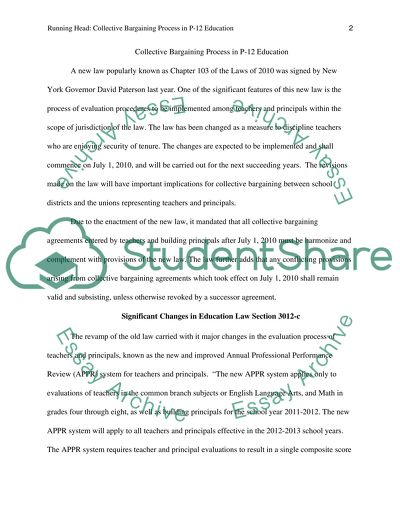Cite this document
(“Collective Bargaining Process in P-12 Education Research Paper”, n.d.)
Retrieved from https://studentshare.org/education/1410754-collective-bargaining-process-in-p-12-education
Retrieved from https://studentshare.org/education/1410754-collective-bargaining-process-in-p-12-education
(Collective Bargaining Process in P-12 Education Research Paper)
https://studentshare.org/education/1410754-collective-bargaining-process-in-p-12-education.
https://studentshare.org/education/1410754-collective-bargaining-process-in-p-12-education.
“Collective Bargaining Process in P-12 Education Research Paper”, n.d. https://studentshare.org/education/1410754-collective-bargaining-process-in-p-12-education.


